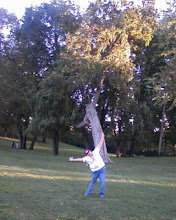Colony Collapse Disorder (or CCD) is a poorly understood phenomenon in which worker bees from a beehive or Western honey bee colony abruptly disappear. While such disappearances have occurred throughout the history of beekeeping, the term 'Colony Collapse Disorder' was first applied to a drastic rise in the number of disappearances of Western honey bee colonies in North America in late 2006.
The cause or causes of the syndrome are not yet well understood. Proposed causes include environmental change-related stresses, malnutrition, pathogens (i.e., disease including
From 1971 to 2006, there was a dramatic reduction in the number of feral (wild) honeybees in the
Limited occurrences resembling CCD have been documented as early as 1896, 22and this set of symptoms has in the past several decades been given many different names (disappearing disease, spring dwindle, May disease, autumn collapse, and fall dwindle disease). Most recently, a similar phenomenon in the winter of 2004/2005 occurred, and was attributed to Varroa mites (the "Vampire Mite" scare), though this was never ultimately confirmed. Nobody has been able to determine the cause of any past appearances of this syndrome. Upon recognition that the syndrome does not seem to be seasonally-restricted, and that it may not be a "disease" in the standard sense — that there may not be a specific causative agent — the syndrome was renamed.
Read the full article here. It really is interesting. And mysterious. I still see lots of bees in my garden, but this is a scary phenomenon. People sometimes think of bees as the canary in the coal mine.


No comments:
Post a Comment